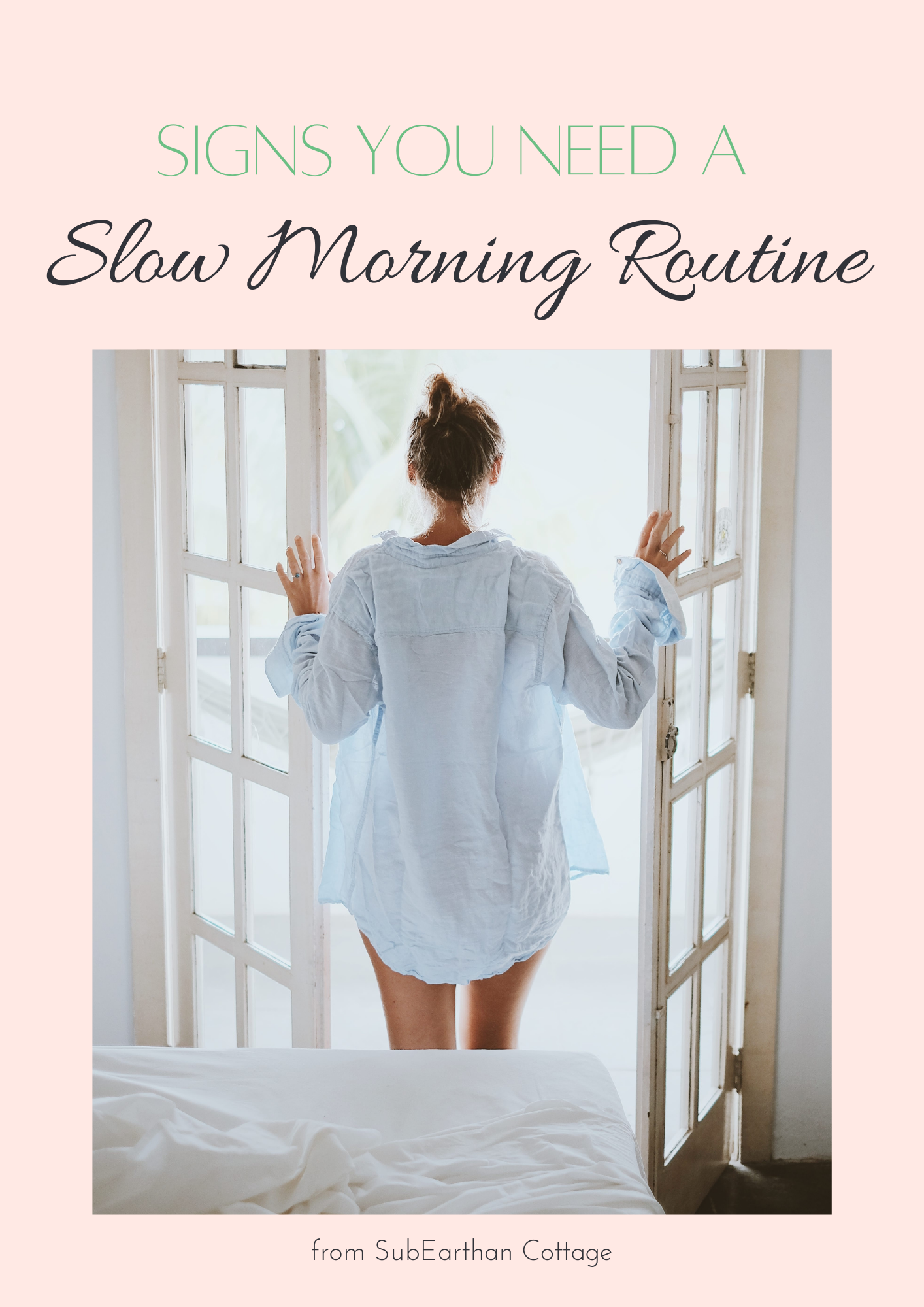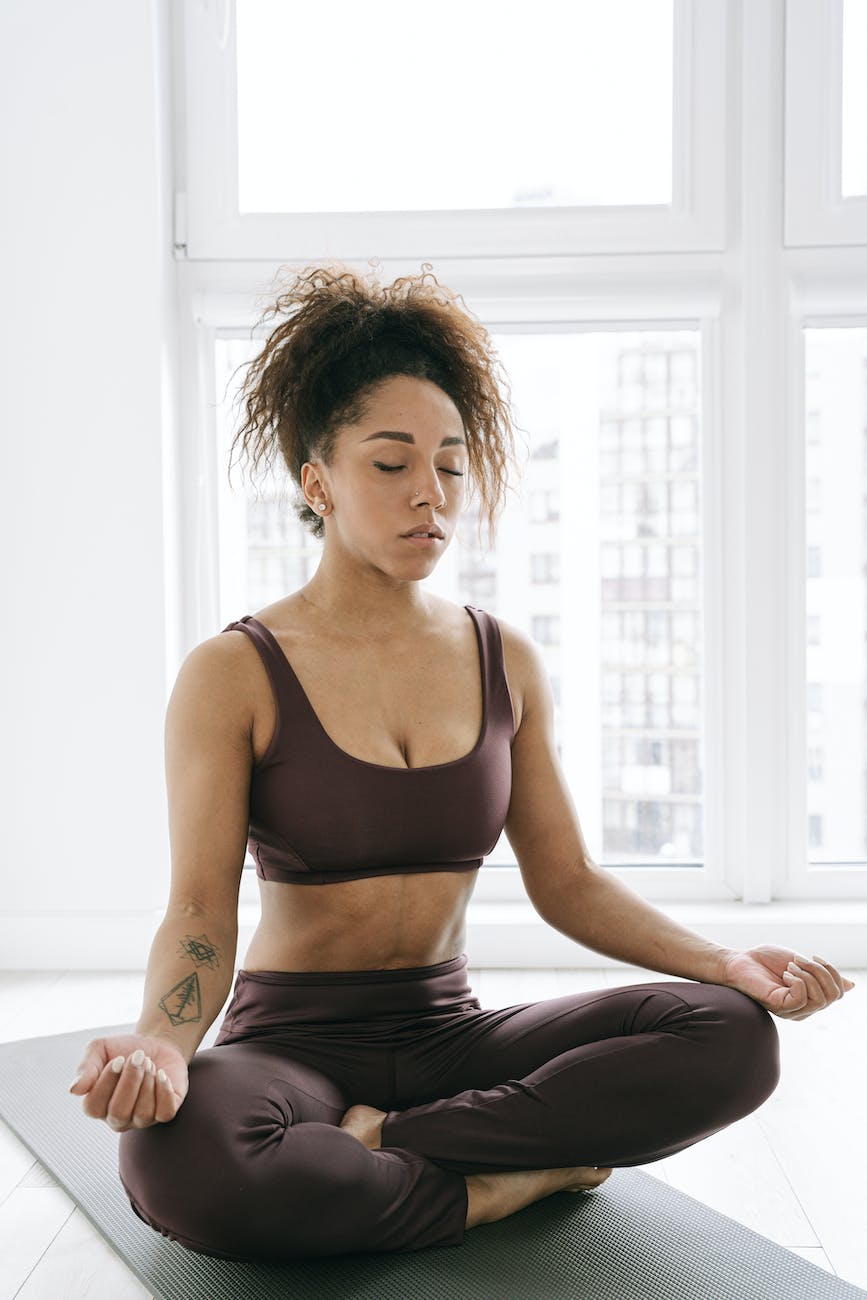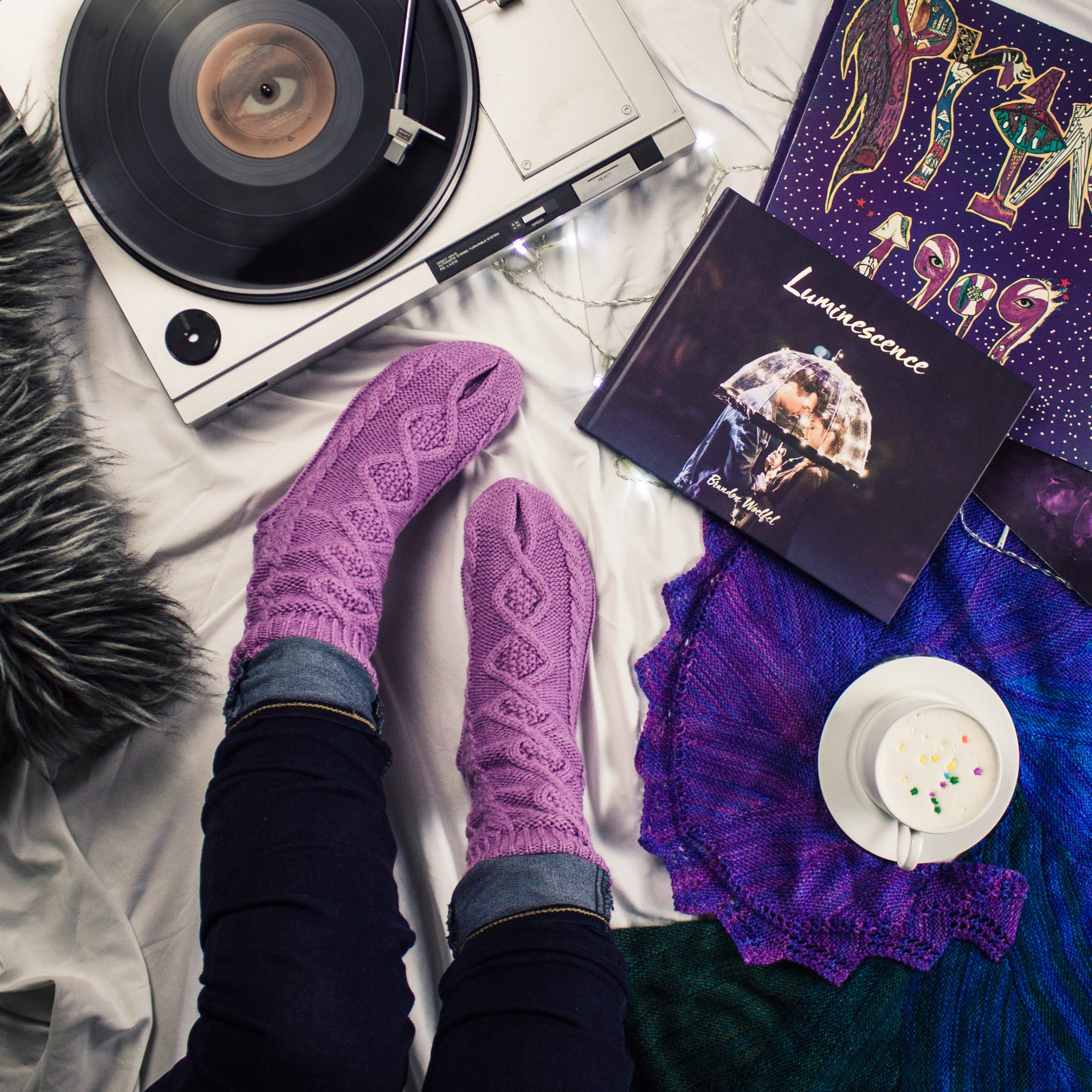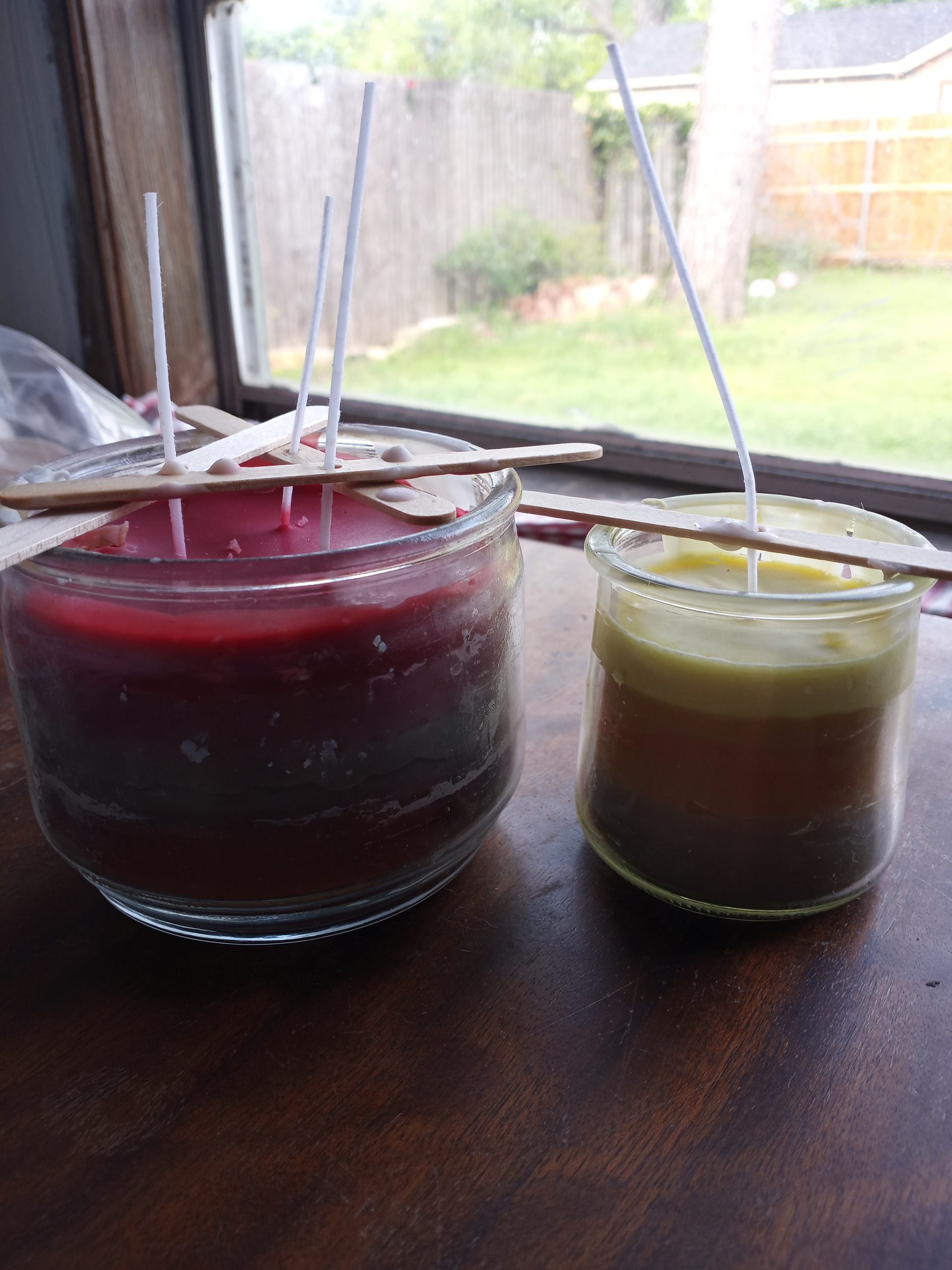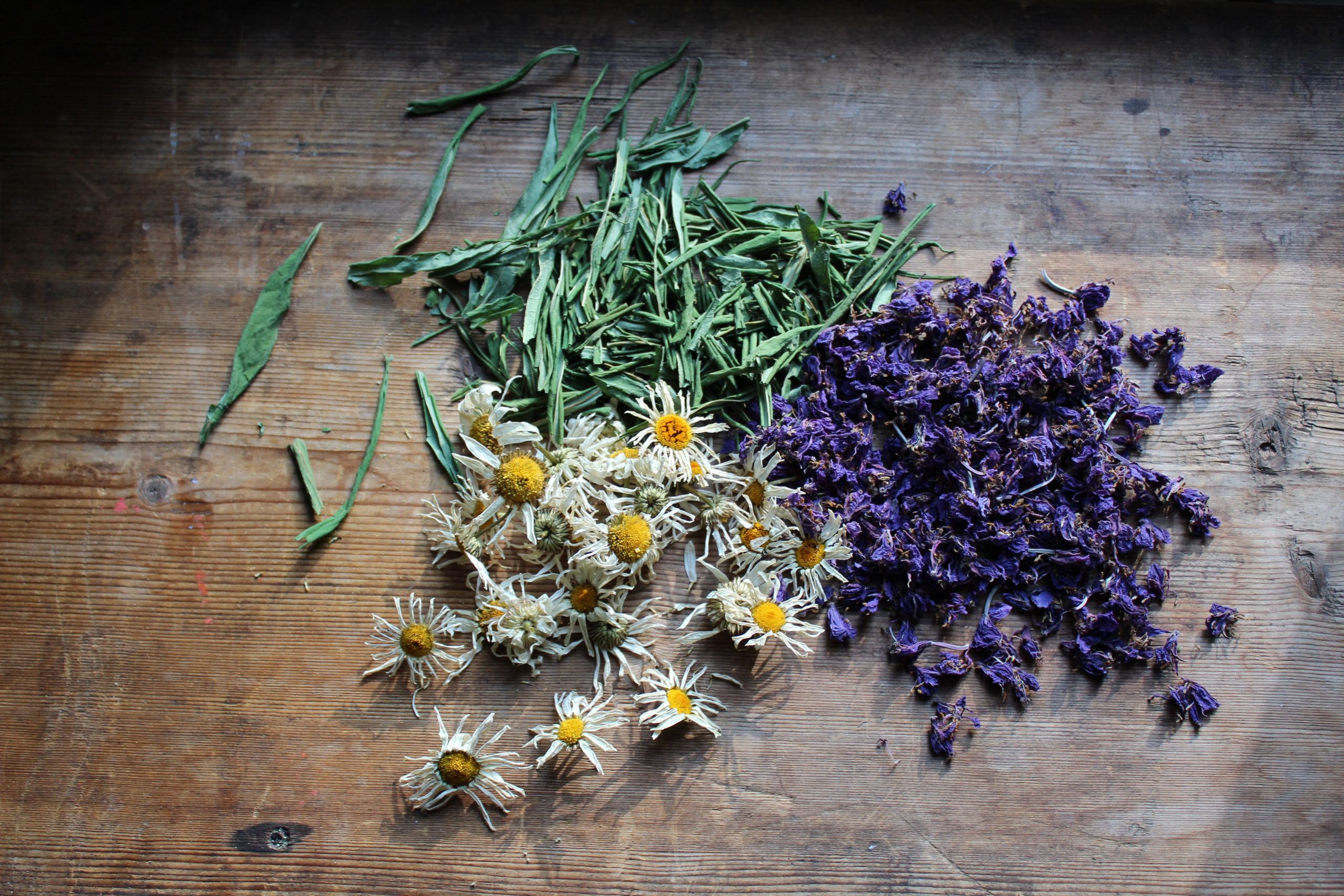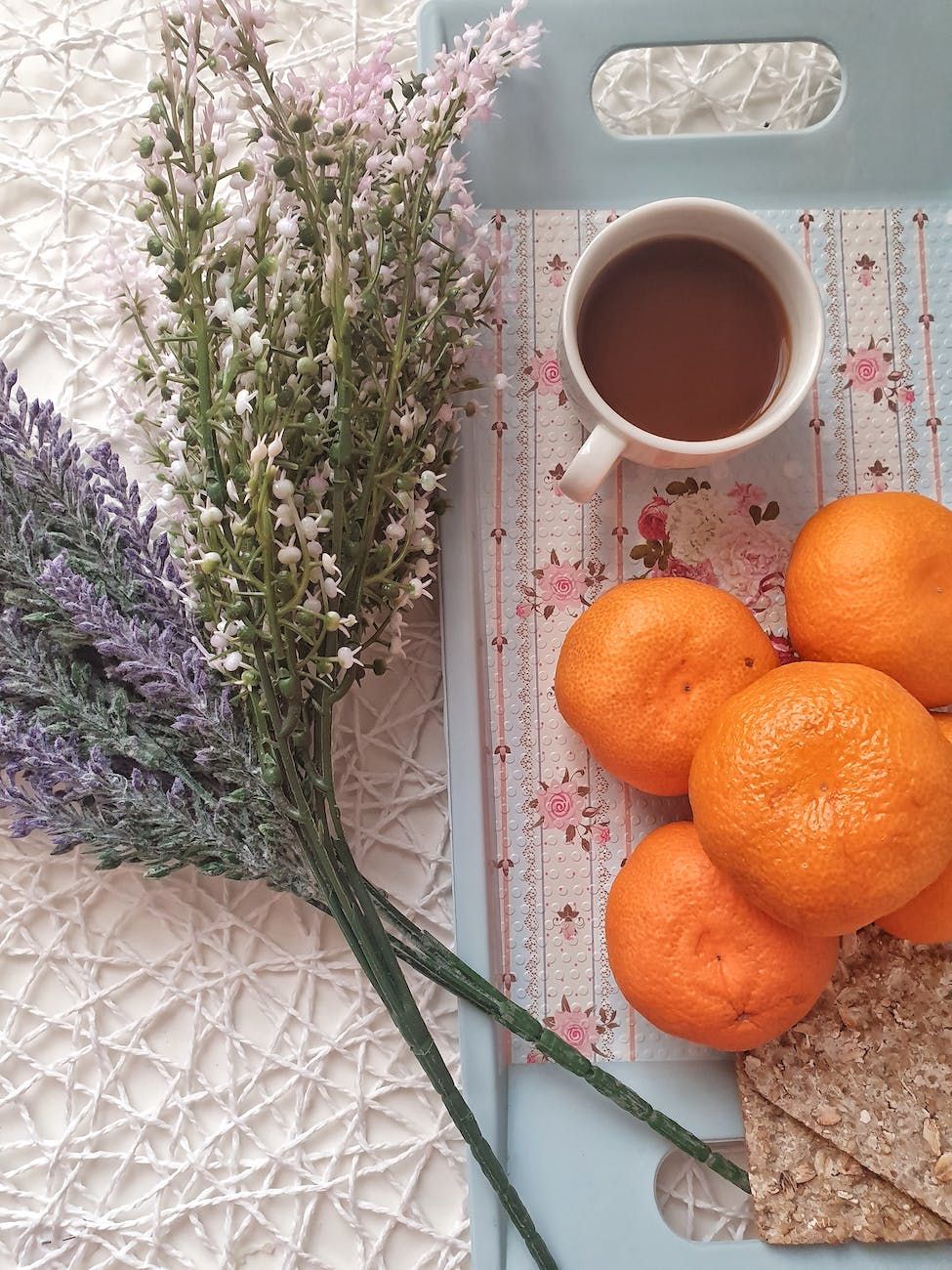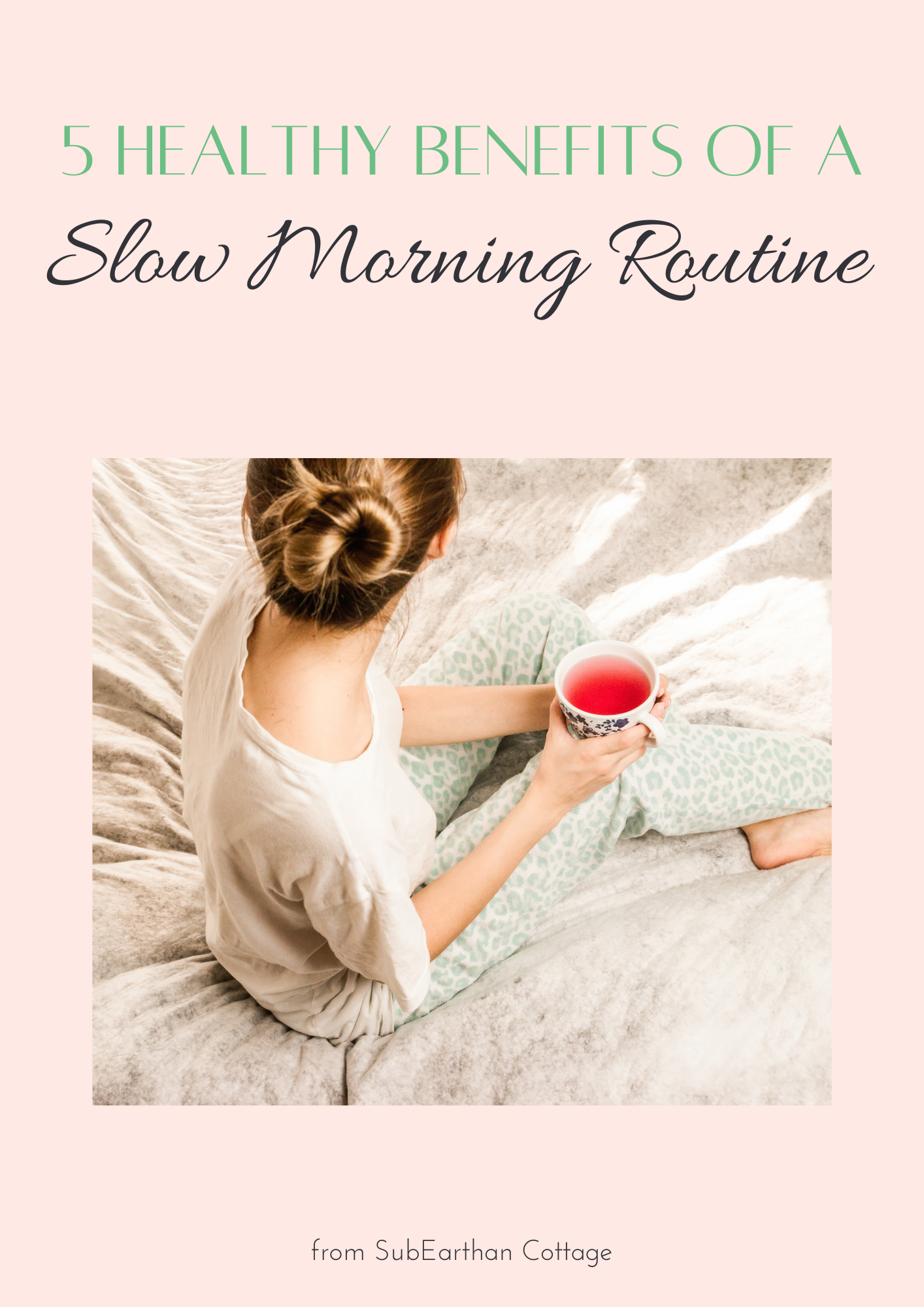
5 Healthy Benefits of a Slower Morning Routine
As we let go of the idea of “hustle culture” and embrace a simple, slower lifestyle, the topic of slower morning routines has naturally come up. This doesn’t mean every morning needs to be slow-paced and gentle. The more often you can add it into your life, however, the less stressed and anxious you will feel overall.
Here are some of the many benefits of having a slower morning.
Your Day Starts Calm and Peaceful
One major benefit to having a slower morning is that your day starts so much calmer. When your day starts like this, the rest of the day tends to be stress-free as well. Think about the days when something bad happens right when you wake up. Your alarm didn’t go off and you’re now running late, or you wake up to a sick kid in your bed. Everything is just complete chaos. You feel that stress for the entire day. It feels like when one bad thing happens, all the bad things happen. It’s because your mindset is already in a negative, stressful state.
Imagine how different your day would be if you woke up calmly, happy and relaxed. A slow, intentional morning routine makes all the difference.
Slower Mornings Give You More Energy
Slow mornings actually give you more energy, not less. People often think of them as lazy, but really when you get up slowly and naturally, your body adjusts to the day at a more balanced pace. In turn, your energy picks up naturally as well.
You Prioritize and Focus on What Matters
With a slow morning routine, you don’t have time for 10+ habits anymore. This is actually a good thing, because it allows you to prioritize your habits and only include what is necessary and what benefits you. Chances are, even if you currently have a long morning routine, many those habits aren’t benefitting you as much as you think.
We tend to do what other people are doing, so when we see someone who does yoga in the morning or always drinks matcha tea, we want to do that too. Everyone is unique with different needs, though, so what works for one person, might not work for you. This is why prioritizing tasks during a slow morning routine is so helpful.

Everything You Do is With Intention
Similar to prioritizing your habits, a slow morning allows you to do more things with intention. You know that every step you take in your morning is something you thought a lot about, and know is going to benefit you greatly. It isn’t just mindlessly checking items off a list. You put a lot of thought into each step of your morning routine.
You choose to no longer rush through a dozen tasks every morning. Instead you pick a few of the most important ones, and each one is done with intention.
A Slower Morning Makes You Feel More Productive
People choosing a slower morning often report being more productive. With a more intentional and mindful approach to your morning habits, you increase your focus and energy. This helps you feel ready to take on the day’s tasks. Just like a chaotic morning, an intentional, slow morning’s energy follows you throughout the rest of the day.
If you want to be productive, don’t try to do too much within the first couple minutes of waking up. Give yourself time to wake up, go through some healthy habits, make your bed, have breakfast, and then focus on working.
To make sure you never miss a post, please sign up for my newsletter.

